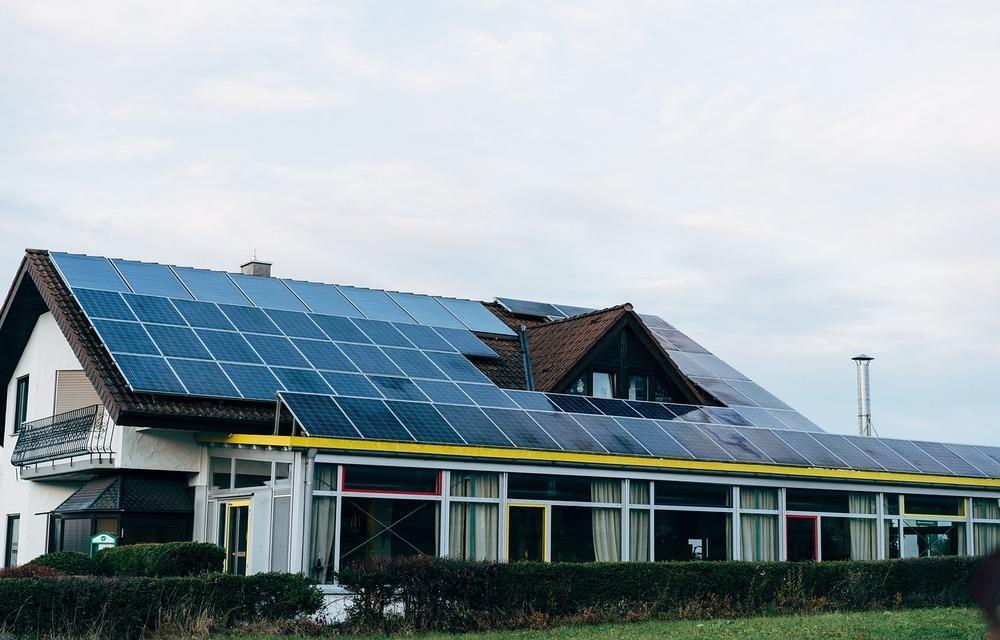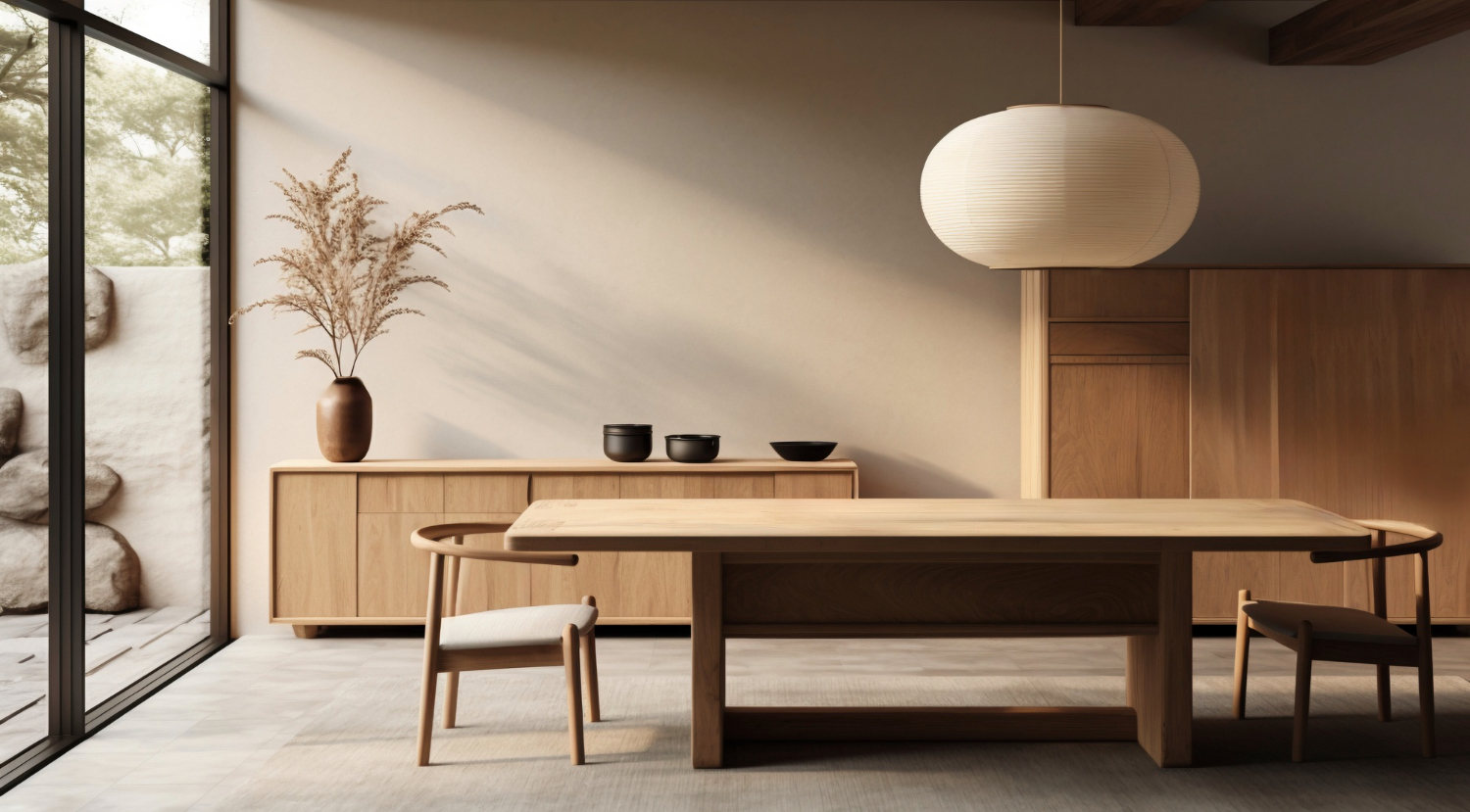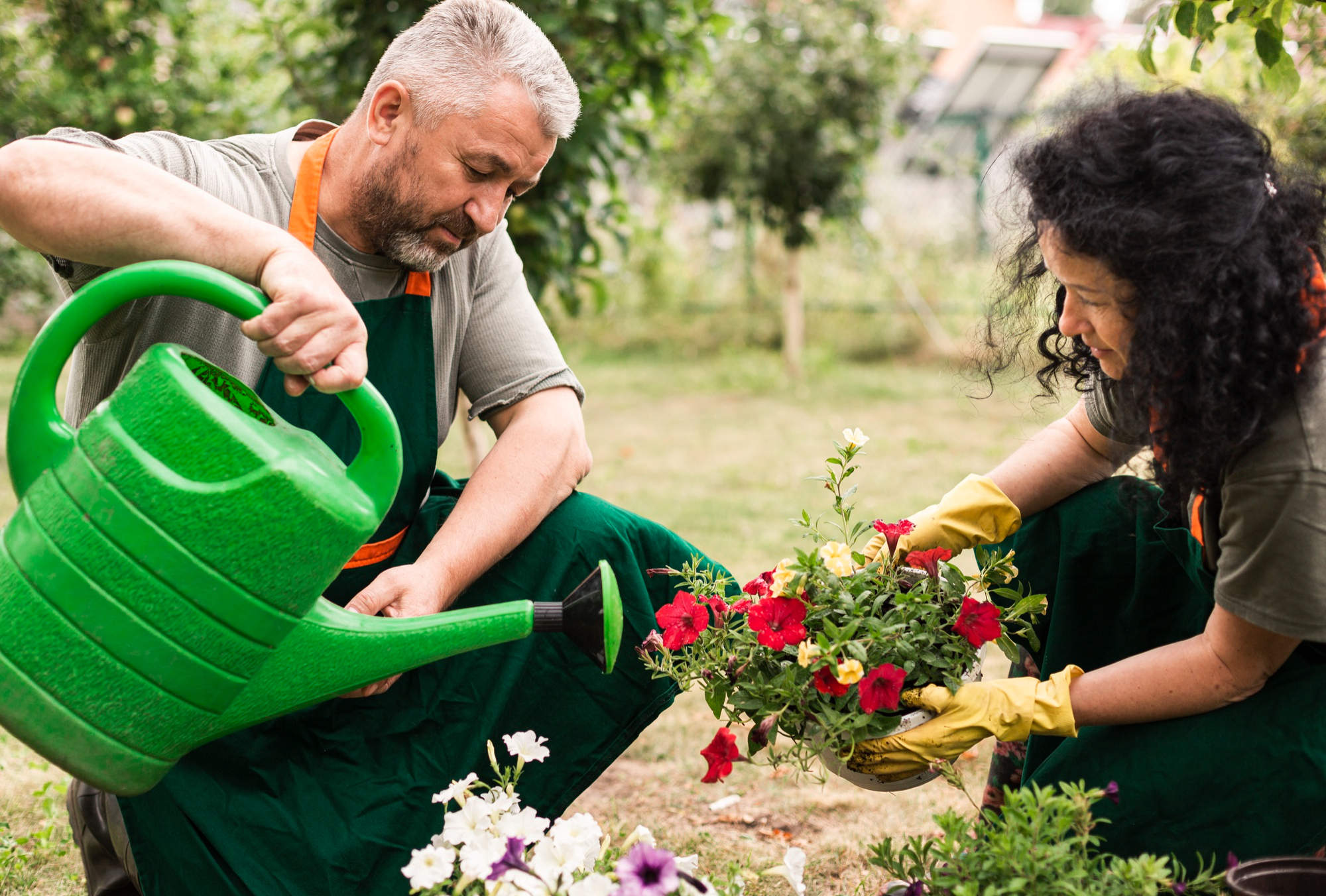Sustainable homes: what are they and how do they work?

It has now been over 40 years since scientists began warning us about climate change, but it wasn’t until 1987 that the term ‘sustainable development’ emerged, then defined in a report titled Our Common Future, from the World Commission on Environment and Development, as “meeting the needs of the present without compromising the ability of future generations to meet their own needs”.
From then on, organisations like the United Nations and the governments of various countries began researching to investigate the causes of this change and to take measures to halt it. As a result, the United Nations determined that one of the primary causes of global warming was greenhouse gas emissions and that around 75% of these emissions were caused by fossil fuels, meaning petrol, coal and gas.
Society’s increasing awareness of this problem is why more and more actions are being taken at an individual level to contain it. According to the European Union, 36% of greenhouse gas emissions are caused by buildings during the period from their construction to their demolition. This explains the rise of sustainable architecture, and sustainable homes in particular.
What are sustainable homes?
They are energy-efficient homes that provide a healthy environment and are respectful of their natural surroundings. This means that they try to minimise their environmental impact through energy efficiency and the use of environmentally-friendly materials. This effort begins with the choice of land and orientation for future sustainable homes, and encompasses the entire construction process and use of the homes.
Characteristics of sustainable homes
Since sustainability is an integral concept, when building a sustainable home numerous aspects need to be taken into account:
- The location: Both the location of a sustainable home and its orientation must make the most of the characteristics of the natural environment (e.g., water and light) in order to reduce energy consumption.
- The materials used in the building process: making the right choice here is vital. These can include environmentally-friendly insulating materials like stone or cork, recycled wood and metal, or materials like bamboo, which is cost-effective and has a high renewal rate, making it a good alternative to cement or brick. Using smart glass in windows also increases energy savings.

- Clean and renewable energy. Solar energy, whether through photovoltaic panels for electricity production or through the use of solar thermal panels for heating drinking water, the earth’s internal energy and air harnessed through the use of geothermal and aerothermal heat pumps, are all examples of renewable energy sources whose use will make an important contribution to reducing our carbon footprint.
- An effective ventilation system that ensures controlled renewal of indoor environments, making maximum use of the energy from the indoor environment through the use of heat recovery units, while guaranteeing spaces with sufficient airtightness to prevent leakage of treated indoor air and infiltration of outside air of unfavourable condition.
- Sustainable appliances and equipment. The use of efficient household appliances considerably reduces energy consumption.
- The use of energy-efficient lighting systems, such as those that use LED technology, and lighting control systems, help to optimise energy expenditure.
How to make your home more sustainable
The majority of Spanish homes do not meet minimum sustainability specifications. To make a home more sustainable it is important to consider its construction, ensuring that the positioning, orientation, materials and energy sources used do not have a harmful effect on our ecosystem. If it was not possible to do so during the building process, you can make changes later to create a more sustainable home.
Within the scope of energy efficiency, you could do the following:
- Improve insulation. Some options include double-glazed windows with thermal breaks, better seals around doors and windows, or insulation layers on the thermal envelope walls.
- Optimise the use of natural light.
- Whenever you need to replace an appliance, you should purchase those with a better energy rating.
- Replace old lighting systems with those that use LED technology, controlling the light intensity as much as possible.
- Use efficient heating systems, such as underfloor heating, for example, which provides optimal comfort levels using low-temperature hot water, which is perfectly compatible with the use of aerothermal heat pumps.
When it comes to choosing materials, the optimal criteria from a sustainability perspective are as follows:
- Highly durable materials.
- Materials whose production and use in construction have the least impact possible in terms of emissions and energy consumption.
- Materials and equipment produced entirely or partially through recycling.
- Materials that, during their production or even during their entire lifecycle, not only do not produce emissions, but also partially compensate for those produced.
Below are some examples of sustainable materials:
- Recycled concrete aggregate.
- Natural paint: this is harmless and the production process causes less pollution than that of traditional paint.
- The use of large green spaces increases the habitability of buildings and contributes towards air purification.
Benefits of improving the sustainability of your home
- Energy savings. Not only does it reduce energy costs, but it also prevents greenhouse gas emissions associated with the production of energy.
- Improved habitability.
- Benefits to health.
Eco-friendly sustainable homes
Within the category of sustainable homes we also have eco-friendly homes. Their primary objective is still sustainability, but their impact on the environment is also examined from an integral perspective, so that it is much lower than that of traditional architecture.
As such, before beginning construction of an eco-friendly home, the characteristics of the local climate are assessed in order to achieve maximum performance from the natural resources, such as sunlight or wind, and natural materials are prioritised, preferably those from a local source, which also reduces transport costs.
Ecological architecture does not only apply to the construction of homes, it also applies to all other types of buildings.
At AQ-Acentor we are strengthening our commitment to sustainability and environmental protection. Discover our promotions that comply with energy efficiency standards, as one of the essential steps in the move towards sustainable cities.


